Disclosure: This article contains affiliate links. We may earn a commission from purchases at no extra cost to you, which helps our travel content.
There's something almost spiritual about finding yourself alone in the vast New Mexican desert, fingers gripping sun-warmed rock, with nothing but the sound of your own breathing and the distant call of a red-tailed hawk. Las Cruces might not top most adventure travelers' bucket lists, but after spending a week scaling its magnificent rock formations and hiking its rugged trails, I'm convinced this budget-friendly destination deserves far more attention from the climbing community.
Getting to Know Las Cruces: The Desert Adventure Hub
Nestled in the Mesilla Valley with the dramatic Organ Mountains as its backdrop, Las Cruces offers the perfect combination of accessibility and wilderness that solo adventurers dream about. I first discovered this gem three years ago during a work trip to El Paso when a local climber convinced me to extend my stay by a few days. Now I return annually, drawn by the affordability and the remarkable diversity of climbing routes.
What makes Las Cruces special is its position as a gateway to multiple climbing areas while maintaining a low profile compared to more famous destinations like Joshua Tree or Moab. This translates to fewer crowds and significantly lower prices. My comfortable Airbnb near Mesilla cost just $45/night—a fraction of what you'd pay in more popular climbing destinations.
Before hitting the rocks, I always spend my first day acclimating to the altitude and heat. The local climbing community gathers at the climbing gym, where $20 gets you a day pass and access to locals who generously share beta on the best current climbing conditions. The gym also rents gear if you're traveling light, though I prefer bringing my own climbing shoes for consistency across different rock types.
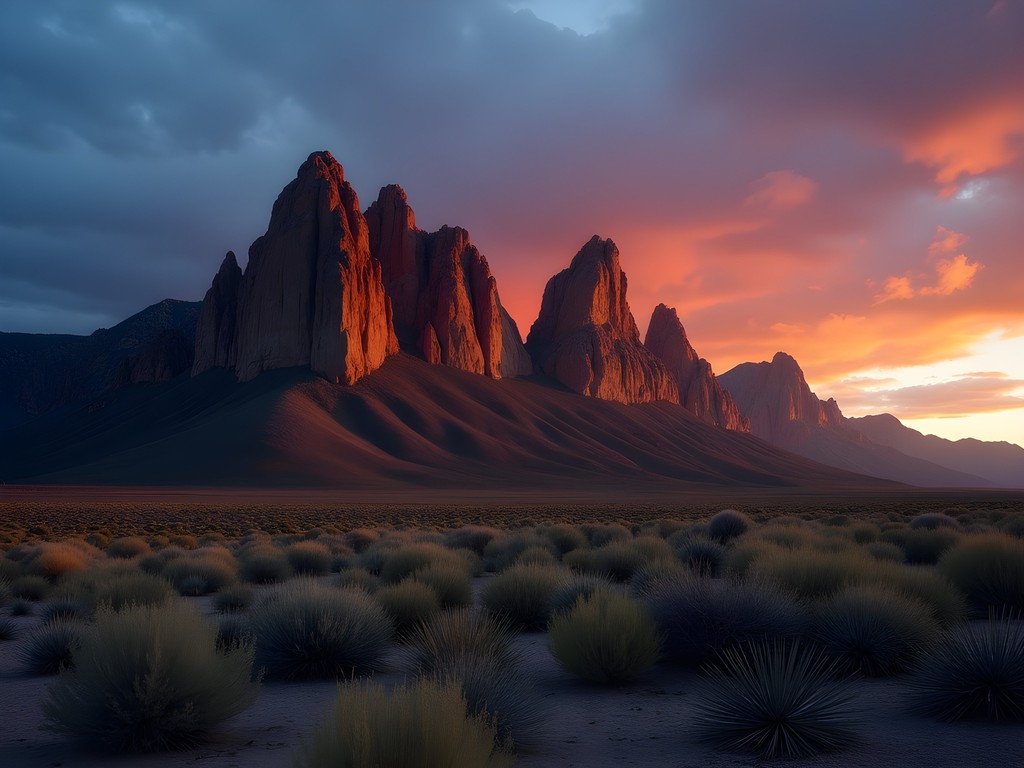
💡 Pro Tips
- Book accommodations in Mesilla for the best balance of affordability and proximity to climbing areas
- Join the 'Las Cruces Climbers' Facebook group before your trip to connect with potential climbing partners
- Always carry at least 3 liters of water per person, per day—the desert dehydrates you faster than you realize
Organ Mountains: Desert Peaks National Monument
The crown jewel of Las Cruces climbing is undoubtedly the Organ Mountains. These jagged granite spires aren't just visually stunning—they offer some of the most technical multi-pitch traditional climbing in the Southwest. The Rabbit Ears formation has become my personal favorite, with routes ranging from 5.6 to 5.11 that deliver both technical challenges and breathtaking exposure.
For solo travelers, finding partners can be tricky, but I've had great success connecting through the local climbing shop, Organ Mountain Outfitters. They host weekly meetups where visiting climbers can find partners—I've met some of my now-regular climbing friends this way. Just be prepared to demonstrate your skills and safety knowledge, as the community is understandably cautious about climbing with strangers.
Before attempting any routes here, make sure you have a solid climbing helmet as rockfall is common, especially in spring when freeze-thaw cycles loosen material. I learned this lesson the hard way when a baseball-sized rock narrowly missed my unprotected head during my first visit!
The approach hikes to most climbing areas are strenuous, often gaining 1,000+ feet of elevation over rough terrain. My approach shoes have been worth every penny for these rugged approaches, providing the perfect balance of hiking comfort and climbing capability when the trail turns to scrambling.

💡 Pro Tips
- Start approaches no later than 7 AM to avoid afternoon heat and thunderstorms
- The Organ Needle route requires a high-clearance vehicle to reach the trailhead
- Cell service is spotty—download Mountain Project routes before heading out
Dripping Springs Natural Area: Hiking and Bouldering Paradise
On rest days between big climbing objectives, Dripping Springs Natural Area became my sanctuary. Located on the east side of the Organs, this area offers moderate hiking trails that lead to historical sites and unexpected desert oases. The La Cueva Trail (just under 1 mile) takes you to a small cave once inhabited by a 19th-century hermit, while the longer Dripping Springs Trail (3 miles round trip) rewards with a gentle waterfall—a rarity in this arid landscape.
What many visitors miss is the excellent bouldering scattered throughout the area. I discovered these gems by chance when I spotted chalk marks on boulders just off the main trail. The problems range from V0-V8, with the best concentration near the old Van Patten Mountain Camp ruins. Bring your crash pad and chalk bag—the friction on these granite boulders is phenomenal, especially in spring when temperatures hover in the perfect 60-75°F range.
After a morning of bouldering, I love finding a shady spot to enjoy lunch while watching desert wildlife. During my last visit, I spent an hour observing a family of javelinas foraging among the cacti—moments like these remind me why solo travel in wild places feeds my soul in ways group trips never can.

💡 Pro Tips
- The $5 entrance fee is well worth it—facilities are clean and trails well-maintained
- Bring trekking poles for the steeper sections if you have knee issues
- Visit on weekdays to have the boulders almost entirely to yourself
Soledad Canyon: Sport Climbing for All Levels
For those days when I crave the simplicity of sport climbing without complex gear management, Soledad Canyon delivers perfectly. This accessible area features over 50 bolted routes ranging from 5.7 to 5.12, all within a 15-minute approach from the parking lot. The rock here is predominantly rhyolite, offering interesting features and positive holds that make for enjoyable climbing even for those new to desert rock.
What I love about Soledad is how it transforms throughout the day as the light changes. Morning sessions offer cool temperatures and soft light that makes route finding easier. By afternoon, the western-facing walls catch golden hour light that turns the rock into a photographer's dream. I've captured some of my favorite climbing photos here using my phone mounted on a compact flexible tripod set with a timer.
The Bar Canyon area within Soledad has become my go-to for challenging myself on overhanging routes. The aptly named 'Desert Rat' (5.10c) forces you to navigate a sequence of small crimps before a committing move to a jug hold—it took me three visits to finally send it clean! For beginners, the 'Bunny Slope' wall offers several confidence-building 5.7-5.9 routes with generous bolting.
After climbing, I always take time to properly clean my gear. The fine desert dust gets everywhere, so I bring a small climbing rope brush to extend the life of my equipment. This simple maintenance routine has saved me hundreds in replacement gear costs over the years.
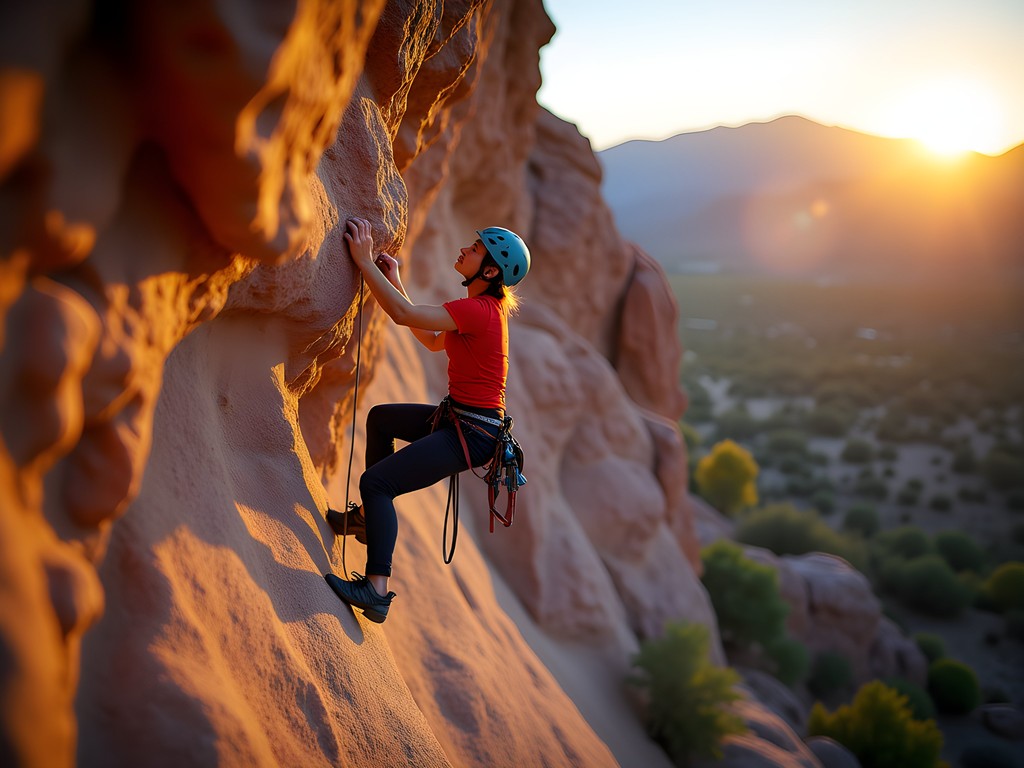
💡 Pro Tips
- The approach trail can be confusing—look for cairns marking the climber's path
- South-facing walls become unbearably hot by midday; plan accordingly
- Bring extra quickdraws—some routes require up to 12
Budget-Friendly Recovery and Refueling
A week of desert adventure demands proper recovery and refueling—fortunately, Las Cruces delivers on both fronts without breaking the bank. My post-climbing routine always includes stretching with my packable yoga mat at my accommodation, followed by serious rehydration with electrolytes. The local tap water has a mineral taste that takes getting used to, so I bring a water filter bottle that makes it much more palatable.
For meals, Las Cruces offers authentic Mexican food at prices that would be impossible to find in tourist-heavy climbing destinations. My ritual is to hit up Andele's Dog House in Mesilla for their green chile enchiladas after a big climbing day—a massive plate costs under $12 and provides the perfect blend of proteins and carbs for recovery. For quick breakfasts, I stock up at the Wednesday farmers market downtown, where local vendors sell homemade empanadas and fresh fruit at bargain prices.
One budget tip that's saved me hundreds: the New Mexico State University climbing wall offers $10 day passes to non-students. On bad weather days, I head there to stay climbing-fit while connecting with local students who often share insider beta on lesser-known crags. The facility even has showers—a luxury after multiple days of desert camping!

💡 Pro Tips
- Bring a cooler for car camping—ice is cheap at any gas station
- The public library offers free WiFi and air conditioning if you need a work day
- For affordable climbing gear replacements, check out the gear exchange board at Organ Mountain Outfitters
Final Thoughts
As I pack my chalk bag and climbing shoes for the journey home, I find myself already planning next year's return to Las Cruces. This underrated desert destination offers everything the adventure-seeking solo traveler could want: world-class climbing, stunning hiking trails, affordable accommodations, and a welcoming community—all without the crowds and price tags of more famous outdoor destinations.
What keeps drawing me back isn't just the quality of the climbing or the budget-friendly aspects (though both are exceptional). It's the sense of discovery that Las Cruces still offers. In an age where most outdoor destinations feel thoroughly documented and sometimes overexposed on social media, there's something magical about finding your own way here, whether that's a secluded bouldering spot in Dripping Springs or a perfect sunset belay ledge in the Organs.
If you're an experienced climber or hiker looking for adventure without breaking the bank, give Las Cruces a week of your time this spring. Come with respect for the desert environment, plenty of water, and an open mind. The Chihuahuan Desert has countless secrets to share with those willing to venture beyond the guidebook.
✨ Key Takeaways
- Las Cruces offers world-class climbing and hiking at budget-friendly prices
- Spring (March-May) provides the perfect balance of comfortable temperatures and minimal crowds
- Local climbing communities welcome solo travelers but expect demonstrated safety knowledge
- The diverse terrain allows for alternating between challenging climbs and recovery-day activities
- Proper desert preparation (water, sun protection, early starts) is essential for safety
📋 Practical Information
Best Time to Visit
March through early May
Budget Estimate
$500-700/week including accommodations, food, and park fees
Recommended Duration
5-7 days
Difficulty Level
Challenging


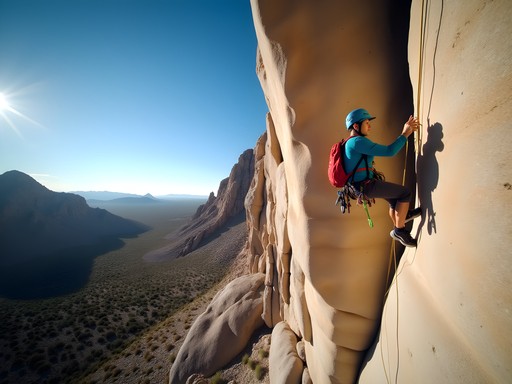
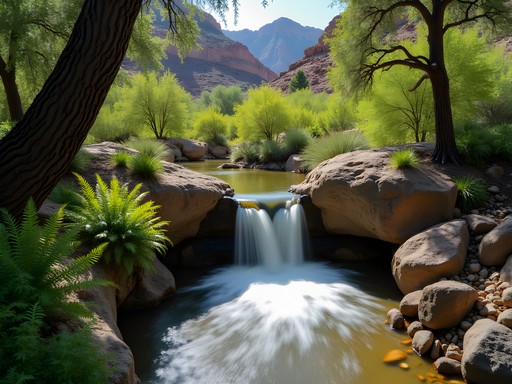
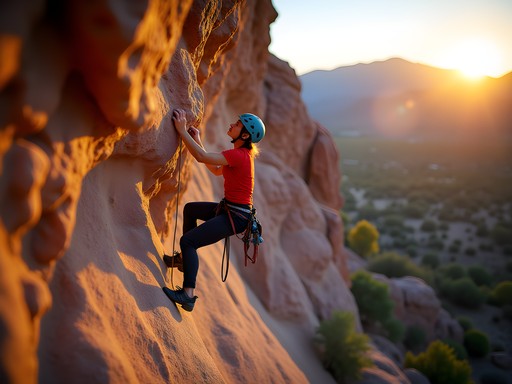
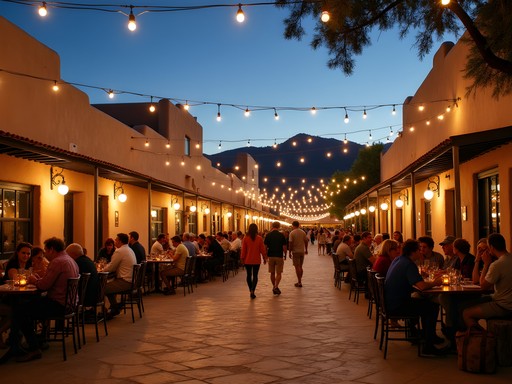


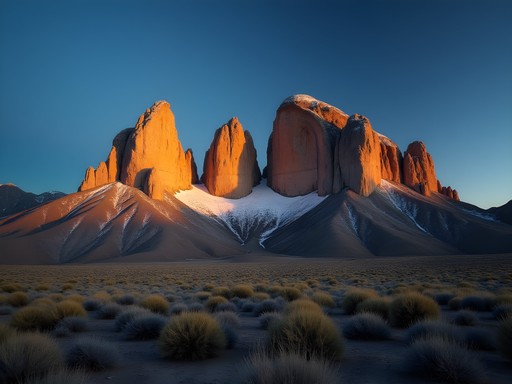







Comments
explorebackpacker3117
Anyone tried the routes at Tortugas Mountain? Worth adding to the itinerary?
escapegal
OMG THANK YOU for this post!!! Just booked my tickets to Las Cruces after reading this! Those sunset pics of the Organ Mountains are STUNNING! Can't wait to try the Dripping Springs trails - any chance of spotting wildlife there? So excited!!!
explorebackpacker3117
Went last year - saw roadrunners, jackrabbits and even a javelina family at dusk near Dripping Springs. Keep your distance though!
coffeeseeker
Just got back from Las Cruces last week and your post was our guide! We're hiking enthusiasts but new to climbing, so we stuck to the Dripping Springs trails you mentioned. The Bar Canyon loop was perfect - challenging enough to feel accomplished but not killer. We spotted a family of javelinas near sunset! The historic ruins along the trail were an unexpected highlight. We didn't brave any serious climbing this time, but watched some experts on those incredible rock faces. Maybe next trip! One thing I'd add - the wind kicked up something fierce in the afternoons, so morning adventures definitely worked better for us.
Brenda Carter
So glad the post helped! Those javelina sightings are special - you got lucky! And yes, the afternoon winds can be intense, good point about morning starts.
Lillian Diaz
This brings back so many memories! I backpacked through New Mexico last year and spent a week climbing in Las Cruces. There's something magical about the desert landscape there that just can't be captured in photos (though yours come close, Brenda!). For anyone planning a trip: don't miss the bouldering at Dripping Springs - it's less crowded than the main climbing areas and perfect for evenings when the light turns everything golden. Also, the local climbing community is incredibly welcoming. We met some folks at the Organ Mountain Outfitters downtown who showed us some hidden gems not in any guidebook. One safety tip: the weather can change FAST out there. We got caught in a sudden thunderstorm at Soledad Canyon and it was pretty sketchy coming down. Always check the forecast and bring more water than you think you need!
Brenda Carter
Such great advice about the weather, Lillian! I got caught in a similar situation and was so glad I had packed extra layers. The temperature drop when those storms roll in is no joke!
wavebackpacker
Anyone know if December would be too cold for climbing here? Got some time off around the holidays and looking for options.
mountainqueen
December can be perfect! Days are usually sunny and 50-65°F - ideal for climbing. Nights drop below freezing though, so bring layers if camping. South-facing walls are your friend in winter!
smartgal2999
OMG I can't believe I've lived in El Paso for 5 years and never explored Las Cruces properly! Your post has me so excited to check out Dripping Springs this weekend. Any tips on where to park or trail access points? I'm a total newbie to the area!
nomadnomad
The visitor center parking lot at Dripping Springs is easy to find and well-marked. It's $5 per vehicle when we went last month. Get there before 9am on weekends!
smartgal2999
Thank you so much! Can't wait to check it out!
vacationblogger
What's the best time of year to visit for climbing? Is summer too hot?
nomaddiver
Not the author but I've been multiple times - definitely avoid June-August unless you're a heat warrior! Fall and spring are perfect. We went in October and temperatures were ideal for climbing.
Jean Wells
I visited Las Cruces last year specifically for the hiking in Organ Mountains Desert Peaks. The ecological diversity was remarkable - from desert scrub to pine forests as you ascend. What Brenda's article doesn't mention is the archaeological significance of many sites. The Dripping Springs area contains ruins of a 19th-century resort and sanitarium that add historical context to your climbing adventure. I would suggest allocating time for the Baylor Pass Trail if you enjoy hiking between climbing days - it provides an excellent cross-section of the mountain range's ecosystems. One caution: the UV exposure at this elevation is intense. I used my sun hat constantly and was grateful for the neck coverage.
Megan Martin
Brenda, this is such a comprehensive guide to Las Cruces climbing! I'm heading there for a business trip in November and hoping to extend my stay for some outdoor adventure. How crowded do the climbing areas get on weekends? I'd prefer to avoid the masses if possible. Also, any recommendations for local climbing guides for someone who wants to maximize limited time? I've got intermediate experience but don't know the area at all.
Brenda Carter
Hi Megan! Weekends can get busier, especially at Dripping Springs, but nothing like the crowds you'd find in more famous climbing destinations. For guides, I'd recommend Desert Rocks Climbing - they're super knowledgeable about the area and can customize trips based on your skill level. November should have perfect temps too!
freephotographer
Can confirm what Brenda said - even on "busy" days, Las Cruces climbing spots are pretty peaceful compared to places like Joshua Tree or Red Rock Canyon. You'll love it!
hikinglegend
Those sunset pics from the top of the Organs are incredible! Bucket list material.
Venture X
Premium card with 2X miles, $300 travel credit, Priority Pass